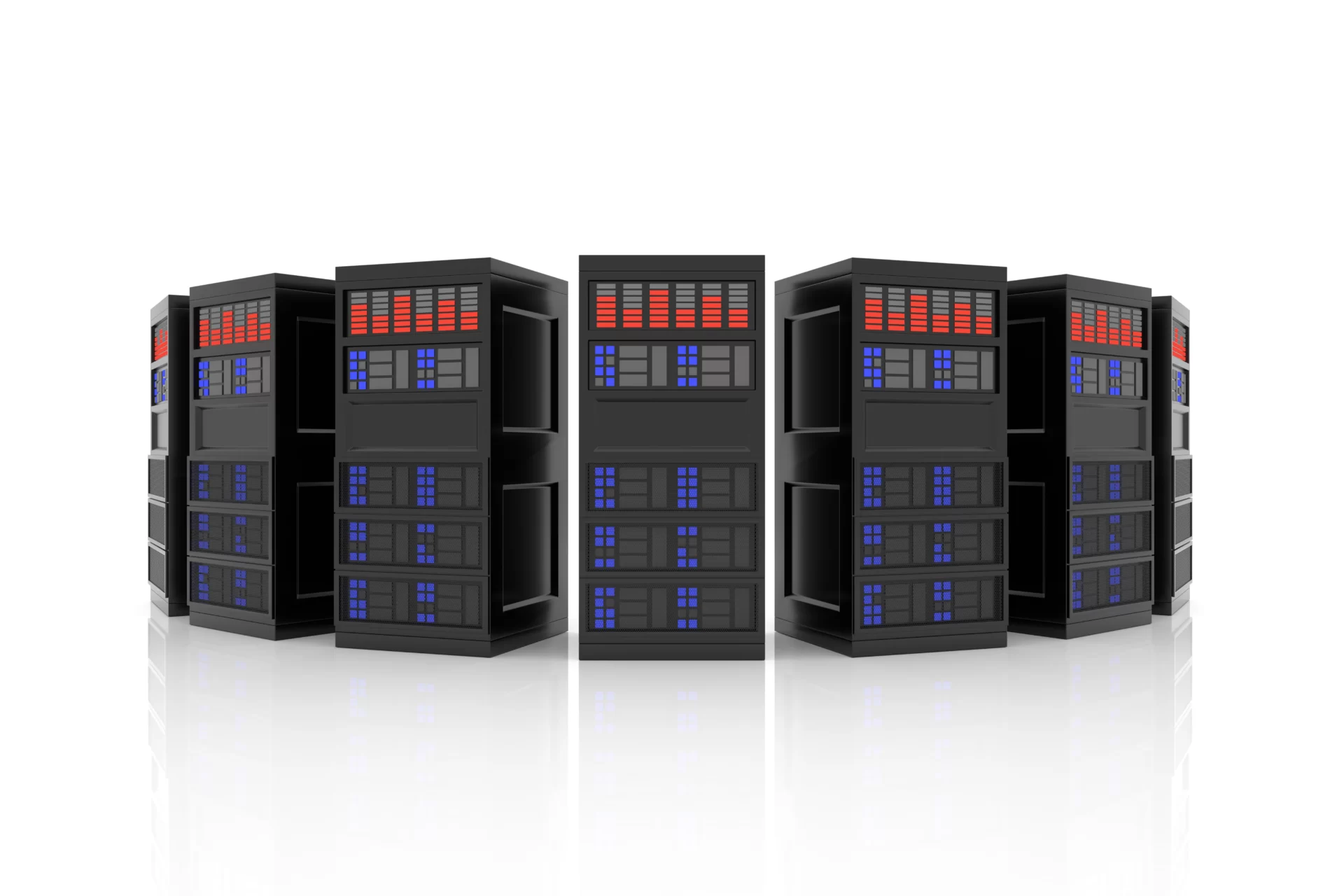In today’s fast-paced digital world, website performance and user experience are crucial for success. Slow-loading pages and poor user experience can lead to high bounce rates and poor conversions, ultimately impacting your brand reputation and bottom line. One way to improve website performance and user experience is through server-side rendering. This blog post will explore the concept of server-side rendering, its benefits, limitations of traditional client-side rendering, and tips for implementing server-rendered web applications to enhance your website performance and user experience.
Introduction
Server-side rendering, or SSR, is a technique used in modern web applications to generate the markup for pages on the server before sending it to the client. This approach offers many benefits, including faster initial load times, improved SEO, and better performance on low-powered devices like smartphones and tablets. In this section, we’ll briefly touch on the importance of website performance and user experience, setting the stage for the discussion on server-side rendering and its advantages.
Website Performance & User Experience
Website performance refers to how quickly your website’s pages load and are displayed to users. A fast-loading website can significantly impact user experience, keep visitors on your site longer, and improve conversion rates. On the contrary, slow-loading pages can be detrimental to user experience, leading to high bounce rates, lost potential customers, and a decline in search engine rankings.
User experience encompasses all aspects of a user’s interaction with your website, including the site’s design, usability, and overall enjoyment. By providing a seamless user experience, you can create loyal customers who are more likely to return to your site and recommend it to others. This, in turn, can lead to increased traffic, better search engine rankings, and a positive impact on your business’s bottom line.
Understanding Server-Side Rendering and its Benefits
In this section, we’ll list the benefits of server-side rendering compared to traditional client-side rendering. These improvements in performance and user experience are the main reasons why many developers prefer to use server-side rendering for their web applications.
Benefits of SSR
- Faster initial load times: With SSR, the server generates the initial HTML markup and sends it to the client so that the user can immediately see the content, even if it’s not fully interactive yet. This is especially useful for users on slow or unreliable networks, as well as for low-powered devices like smartphones and tablets.
- Improved SEO: Search engines like Google place a high importance on user experience and page load times when ranking websites. With server-side rendering, not only are the pages loading faster, but the generated HTML markup also allows search engines to more easily crawl and index your site.
- Better performance on low-powered devices: Since the server does the heavy lifting of generating the HTML markup, low-powered devices don’t have to work as hard to render the content. This can lead to better performance and a smoother user experience on smartphones, tablets, and other low-powered devices.
Limitations of Traditional Client-Side Rendering
Before diving into server-side rendering, let’s take a moment to consider the limitations of traditional client-side rendering (CSR). In CSR, the HTML markup is generated by JavaScript running in the user’s browser, rather than on the server. While this approach has its advantages, it also comes with some drawbacks, which we’ll list below:
- Slow initial load times: Since the browser must download, parse, and execute the JavaScript code before generating the HTML markup, users may experience a delay before seeing any content on the page. This can be especially problematic for users on slow or unreliable networks, as well as low-powered devices.
- Poor SEO: Since search engines must execute JavaScript to crawl and index CSR pages, they may struggle to understand the content and structure of your site. This can lead to lower search engine rankings and decreased organic traffic.
- Increased strain on low-powered devices: With CSR, the burden of rendering the HTML markup falls on the user’s device. This can lead to poor performance and a slow, unresponsive user experience on lower-powered devices like smartphones and tablets.
What Exactly is Server-Side Rendering?
The Process
Server-side rendering is a technique that involves generating the HTML markup for web pages on the server rather than in the user’s browser. When a user requests a page, the server compiles the markup, including any necessary data, and sends it to the client. This allows the user to see the content more quickly, even if the page is not yet fully interactive.
SSR vs. CSR
In contrast to client-side rendering, which relies on JavaScript running in the user’s browser to generate the HTML markup, server-side rendering offloads this responsibility to the server. This can result in faster initial load times, better SEO, and improved performance on low-powered devices.
The Importance of SSR in Modern Web Development
With the increasing importance of user experience and page load times in the modern digital landscape, server-side rendering has become a popular choice for web developers looking to optimize their websites. SSR can provide significant improvements in performance and user experience, making it a valuable tool in the quest for better web applications.
How it Improves Website Performance
Server-side rendering can lead to significant improvements in website performance in several ways. First, it can speed up initial page load times by allowing users to see the content more quickly, even if the page is not yet fully interactive. This is especially beneficial for users on slow or unreliable networks, as well as low-powered devices like smartphones and tablets.
Second, SSR can improve SEO by making it easier for search engines to crawl and index your site. This can lead to higher search engine rankings, more organic traffic, and ultimately, a better user experience.
Finally, server-side rendering can improve performance on low-powered devices by offloading some of the work of generating the HTML markup to the server. This can lead to smoother, more responsive user experiences on smartphones, tablets, and other low-powered devices.
How it Enhances User Experience
By employing server-side rendering, you can enhance the overall user experience on your website in several ways:
- Faster initial load times: Users appreciate quick-loading web pages, as it allows them to access the content they’re looking for without waiting. SSR can significantly speed up initial load times, preventing users from abandoning your site due to slow loading times.
- Improved SEO: With better search engine rankings comes more organic traffic, which can lead to a better overall user experience for your site’s visitors.
- Better performance on low-powered devices: Many users access websites on low-powered devices like smartphones and tablets. By improving the performance of your site on these devices, you can provide a better user experience for these users.

What are the Advantages and Disadvantages of Server-Side Rendering?
| Advantages | Disadvantages |
|---|---|
| Faster initial load times | Increased complexity in development and deployment |
| Improved SEO | Scaling issues with large-scale applications |
| Better performance on low-powered devices | Longer back-end processing times |
While server-side rendering offers significant benefits in terms of performance and user experience, it also comes with some drawbacks. For example, it can add complexity to the development and deployment process and may require more server resources to handle the increased workload. Additionally, scaling SSR for large-scale applications can be more challenging compared to client-side rendering.
How to Implement Server-Side Rendering for Your Website
Implementing server-side rendering for your website can be a challenging task, but it’s well worth the effort for the performance and user experience benefits it offers. Here are three steps to help you get started with SSR:
- Choose a server-side rendering framework or library: There are many SSR frameworks and libraries available for various web development platforms, such as React, Angular, and Vue.js. Research the available options and choose the one that best fits your development stack and requirements.
- Integrate the SSR framework into your application: Once you’ve chosen a suitable SSR framework, you’ll need to integrate it into your web application. This often involves modifying your application code, adjusting your build process, and updating your server configuration.
- Optimize and fine-tune your SSR implementation: After implementing server-side rendering in your application, it’s essential to optimize the performance and ensure that the user experience is smooth and responsive. This may involve fine-tuning your server configuration, optimizing your code, and implementing caching strategies.
By following these steps and investing time in optimizing your implementation, you can unlock the power of server-side rendering and significantly improve the performance and user experience of your website.

